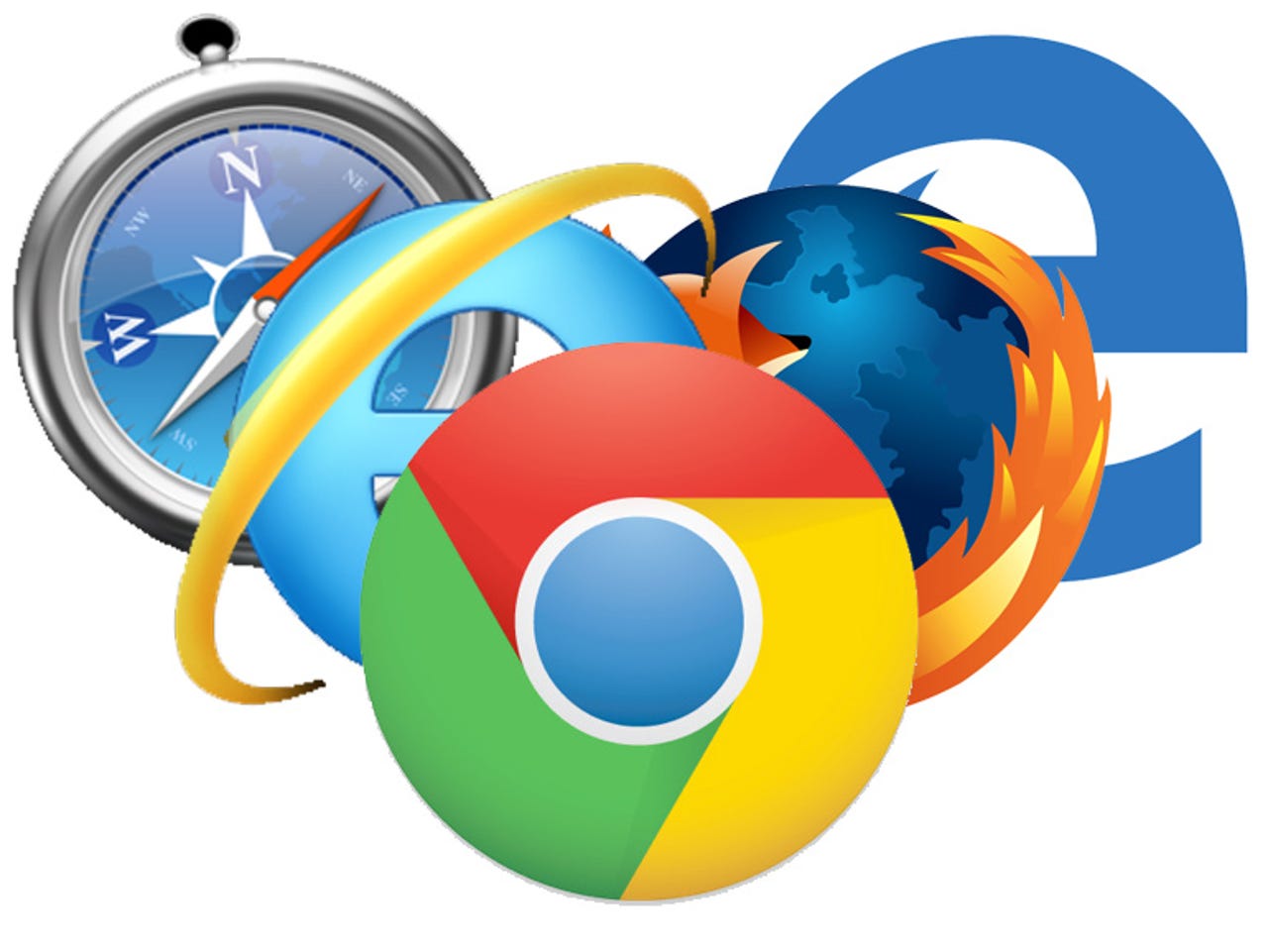Which browser is most popular on each major operating system?


Image: ZDNet
Collectively, five browsers dominate the web, accounting for 98 percent of all traffic as measured by the latest U.S. Government Digital Analytics Program. (For a discussion of where that data comes from, see the note at the end of this earlier post.)
The trouble with those aggregate numbers is they mash together visits from sites running mobile and desktop operating systems, where the choice of browsers varies greatly. That's why I was thrilled to see that the good folks at DAP released some new crosstab options this week.
Those new data formats now make it possible to measure browser usage in detail on individual platforms
For this analysis, I used traffic from May 1, 2016 through June 17, 2016, breaking the results out across Android, iOS, Windows, and OS X. The results are eye-opening.
Two overall conclusions are worth highlighting before diving into the details.
First, as open platforms, desktop operating systems have historically encouraged the development of alternative browsers and made it easy to switch. As a result, somewhere between 50 and 60 percent of all PC and Mac users choose a browser other than the default option. Among mobile operating systems, however, changing defaults is much more difficult (and nearly impossible on iOS). That explains the dominance of Google's Chrome and Apple's Safari.
Second, independent browsers are rapidly nearing extinction. A mere seven years ago, Mozilla's Firefox was a force to be reckoned with. In 2016, its usage is approaching single-digit percentages, with Chrome now crushing it as the preferred non-default browser on desktop platforms. In addition, Firefox Mobile has had little or no success and is a statistical blip on mobile devices.
Android
If you carry an Android device, the chances are overwhelming that you use Google's Chrome, which is the default on any device that runs Google Play services. The stock Android browser is second most popular. All other browsers together constitute only about 5 percent of traffic from Android phones and tablets.
The one surprising name in the All Other category is Amazon's Silk browser, the default choice on Kindle Fire tablets. That browser accounts for 1.9 percent of all Android traffic, more than Opera and Opera Mini (1.6 percent) and Firefox Mobile (1.2 percent).
iOS
If you thought Chrome's dominance on Android was overwhelming, take a look at the numbers for iOS, where Safari (including Safari's in-app browser) accounts for more than 96 percent of all traffic from iPhones and iPads.
Only the most diehard Chrome users apparently bother installing the Chrome app, which after all is just a wrapper around mobile Safari.
Windows
On desktop platforms, which are historically open to third-party developers at the system level, the competition among browsers is far more intense than on mobile platforms. Collectively, just under 40 percent of all Windows traffic uses the default browser: Internet Explorer or its Windows 10-only replacement, Edge. Google's Chrome is the clear first choice, with Firefox a distant third.
As I pointed out in a separate analysis recently, that 5.5 percent share for Edge is actually a little better than it looks. During the May-June period, Windows 10 accounted for more than 26 percent of all visits from Windows PCs. That means roughly 21 percent of visits from Windows 10 devices are using Edge. Still, that means nearly four out of five Windows 10 users are going out of their way to set an alternative browser instead.
OS X
Safari is the browser used on a majority of Macs, but only just barely. Roughly half of all Mac users choose either Chrome or Firefox instead of the default choice.
And here, too, alternatives like Opera are practically invisible.